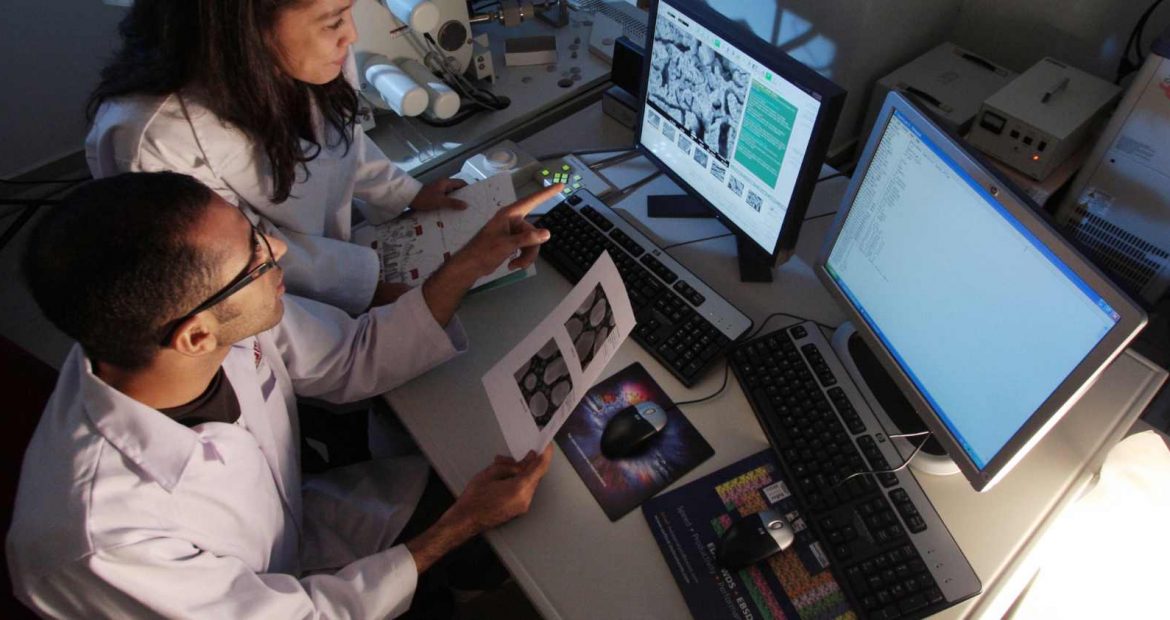In previous articles, we have already discussed what types of radiation detectors exist and how they work. In this case, we would like to take a closer look at one type of detectors: scintillation detectors and in particular plastic scintillators.
How radiation detectors work
Let’s start by remembering how any radiation detector works: in general, when radiation passes through a material, it interacts with it by giving off energy, causing a series of effects through which it is possible to measure it.
In other words, it follows the following steps:
- the radiation enters the detector and interacts with the atoms of the detector.
- as a result of this interaction, the radiation gives up all or part of its energy to the bound electrons of these atoms.
- A large number of relatively low-energy electrons are released, which are collected and analysed by an electronic circuit.
Possible classifications of detectors
Although the principle of detection is similar, detectors differ in the way they collect the information that the interaction has produced.
In general, we can distinguish between gas ionisation equipment (using the ionic current collected in a known volume of gas) and scintillation equipment.
What is scintillation equipment?
Scintillation detectors are based on the property of some materials to emit light after interacting with ionising radiation. This occurs because the material absorbs some of the energy of the incident particle and re-emits it in the form of a short flash of light, in the visible light range.
Therefore, we can define a scintillator as a material that scintillates, i.e. exhibits luminescence when ionising radiation passes through it.
Types of scintillators
There are two basic types of detectors, those composed of organic materials and those composed of inorganic materials. The fundamental difference lies in the type of radiation detected.
Inorganic scintillators are alkali crystals with a small proportion of activating impurity. The most common one consists of a single crystal of an alkali salt such as NaI.
Organic scintillators
Within the organic scintillators, the following subtypes can be distinguished:
– Pure organic crystals. Pure organic crystals include anthracene, stilbene and naphthalene crystals. The decomposition time of this type of phosphorus is approximately 10 nanoseconds. This type of crystal is often used in the detection of beta particles.
– Liquid organic solutions. Liquid organic solutions are produced by dissolving an organic scintillator in a solvent.
– Plastic scintillators. Plastic phosphors are made by adding scintillation chemicals to a plastic matrix. The decay constant is the shortest of the three types of phosphors, reaching 1-2 nanoseconds. Therefore, plastic scintillators are best suited for use in high flow environments and high dose rate measurements. Plastic has a high hydrogen content and is therefore useful for fast neutron detectors.
Which one to choose?
As we have seen, there is a wide variety of scintillators and photomultiplier tubes available, depending on the application in which they are to be used. Properties to consider in the choice of material include the fraction of incident energy that appears as light, the efficiency (the probability of the radiation being absorbed), the response time and the energy resolution.
If you want to continue reading about radiation, check our blog.
At Helgeson we have years of experience in the sector. We will be pleased to help you. If you need specialized advice, guidance or have any questions, please contact us.

